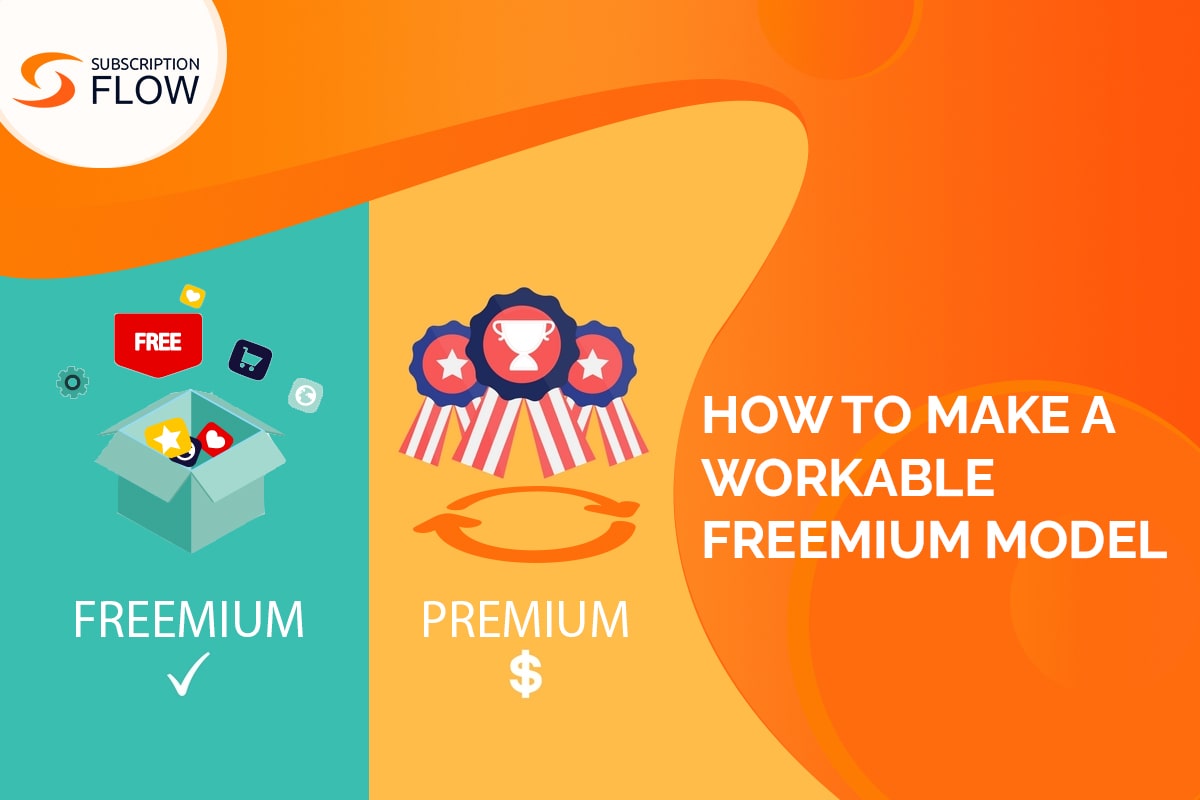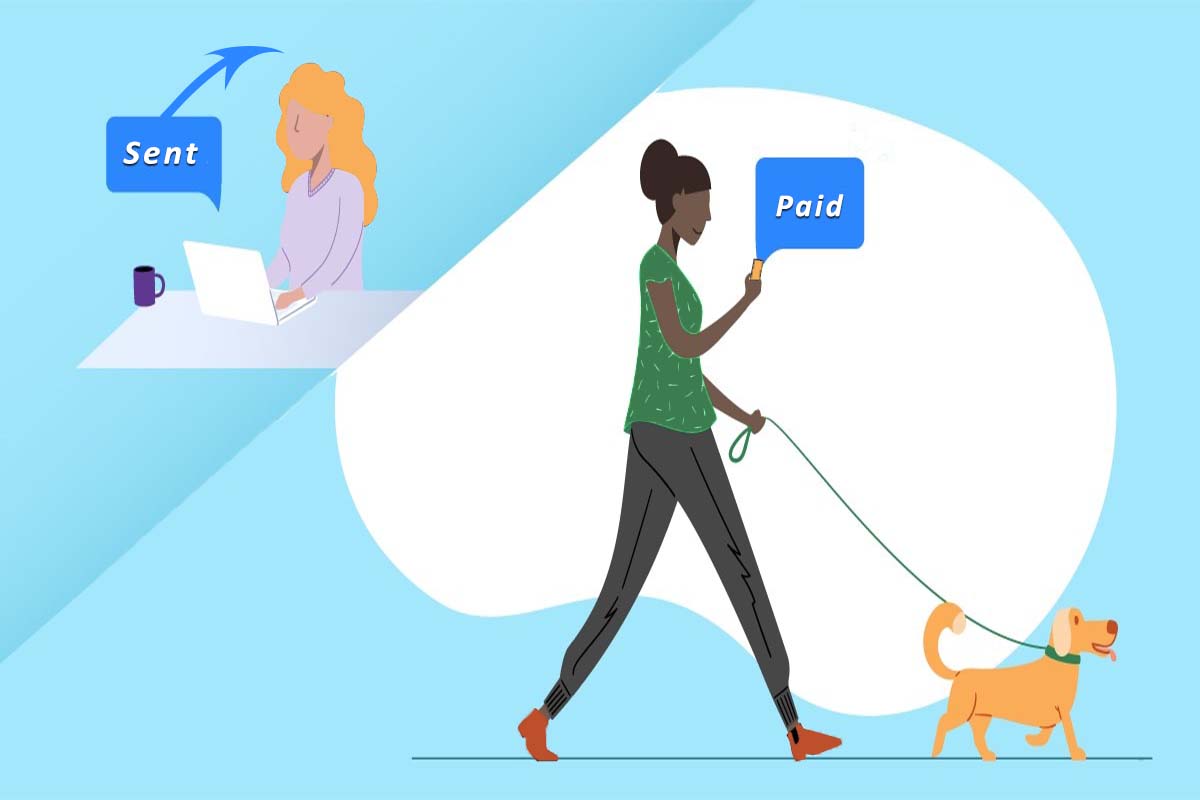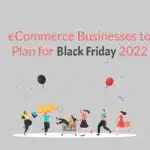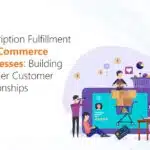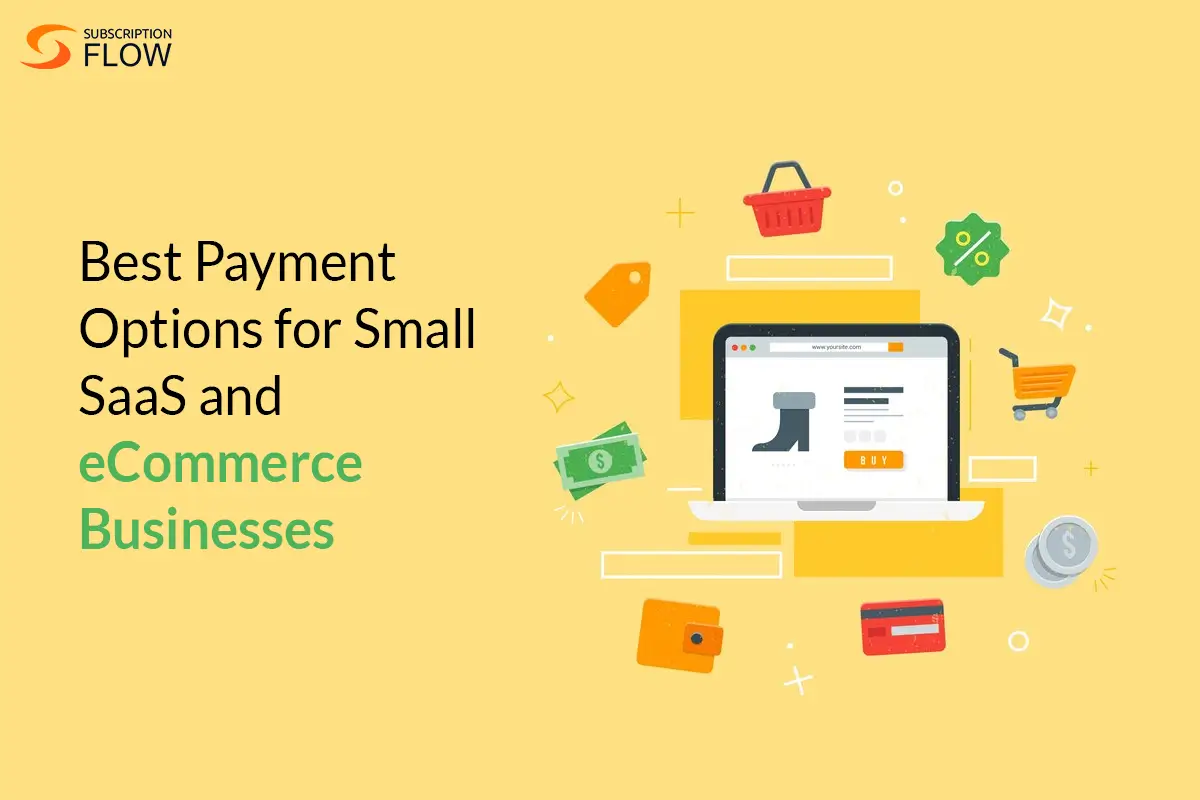
Best Payment Options for Small SaaS and eCommerce Businesses
Cash payments consisted of 20% of total payments made worldwide in 2021. Flash forward to 2023, and this figure fell to a meagre 15%, showing a 23% decline. While cash and cheques are touted to slow their decline in 2024, things are generally not looking too good for this traditional form of making payments. This is why while you should continue to offer the payment option of accepting cash from your customers, you also need some other different payment plan options for small businesses.
In this blog, we will look at two verticals—SaaS and eCommerce—to help businesses of these industries decide which payment plan options for small businesses are the right fit for them.
Payment Options for Small Businesses
1. SaaS
Before seeing which payment options work best for SaaS, let us take a look at how exactly SaaS payments work.
The way that SaaS payments work is that you need a string of crucial actions to guarantee a smooth client experience and promote enduring partnerships. The first step is choosing the right payment gateway—this is where subscribers choose their subscription plan and mode of payment. For the sake of the subscriber and your company, this gateway needs to be secure.
Secondly, to accept payments you must next establish a merchant account, either on its own or in collaboration with a provider of payment services. All this then has to be capped off with efficient subscription management. This is essential because it entails monitoring payment schedules and putting tactics in place to keep clients over time. SubscriptionFlow is a market-leading subscription management solution that does all of that and more to take the worry of subscription management off your plate.
What are the best payment options for small businesses in SaaS?
1. Digital wallets
Digital wallets such as Google Pay and Apple Pay have emerged as popular payment methods for SaaS businesses to accept recurring payments. By establishing a direct connection between your subscriber’s bank account and their credit/debit card, digital wallets provide a straightforward method of making payments that can be completed with a single tap on the phone.
Google Pay in particular provides strong security through encryption. It also facilitates peer-to-peer transfers, internet commerce, and in-store transactions. In addition, Google Pay facilitates monthly payments for subscriptions and interacts with several websites (like Shopify and BigCommerce) for easy checkouts.
2. Debit and credit cards
Debit and credit remain an all-weather payment option for SaaS businesses to take payments straight from consumers’ bank accounts. This gives you flexibility in terms of when and how much you can collect. A huge plus point for this payment option is that because users rarely switch bank accounts, it lowers involuntary churn and allows for plan modifications. However, because different areas have different schemes, managing direct debit can be difficult for global SaaS businesses. Digital wallets are emerging as a better option for these SaaS businesses.
3. Bank transfers
Because they are convenient, safe, and affordable, bank transfers, such as ACH in the US and SEPA in Europe, remain desirable for SaaS companies as one among many payment options. SaaS companies with mostly European clients benefit from SEPA recurring payments and the simplification of cross-border euro transactions. In the US, ACH offers a cheap, safe solution for managing subscription payments, cutting costs, and administrative work.
2. eCommerce
What are the best payment options for small businesses in eCommerce?
1. Mobile payments
Mobile payments remain the backbone of the eCommerce industry. Besides digital wallets (covered in the previous section), other forms of mobile payment are:
- Mobile banking apps
- Payment apps (e.g. PayPal, Venmo)
- QR code payments
- Charges addended to a mobile phone bill
That said, a few disadvantages of mobile payments remain, say, in a brick-and-mortar store, merchants who wish to offer tap-to-pay transactions will require a new point-of-sale terminal. Likewise, customers of numerous mobile wallet apps are also subject to transaction limits, which are typically far lower than credit card limits. This may artificially limit the amount that a buyer can utilize.
2. Buy now, pay later (BNPL)
BNPL is also a mobile payment option that has increasingly been getting popular. With the BNPL payment option, your clients can make upfront purchases of goods or services and postpone making payments until a later time. The entire purchase price is divided into separate, distinct payments using the system of buy now and pay later, with the first payment being required at the moment of purchase. The remaining payments are made in the weeks to follow, giving the customer ample time to arrange for the required funds.
For example, if you want to buy an iPhone right now, but do not have the £900 needed to pay for it, you can use Klarna to pay a 25% deposit of £225 and make the remaining payments over six months. It must be noted, however, that while pay-later suppliers provide interest-free repayment options, some do occasionally charge interest. This can be a downside of BNPL since you end up paying more for the same product owing to the addition of interest.
Interestingly enough, a survey shows that despite being such a recent payment option, 44% of US consumers have already used BNPL at least once in their lives. Of that 44%, roughly 70% used it twice, signalling widespread approval of this payment option by those who used it once.
3. Cash on delivery (CoD)
Despite declining, cash on delivery (CoD) remains a crucial payment option for eCommerce businesses. In this payment option, customers make cash payments by giving money to retailers directly. Considering the rise of online payment options for small businesses, CoD is becoming increasingly irrelevant which is why it only makes sense either for small orders or as one among many payment options.
Bottom line:
It doesn’t matter if your business is from the vertical of SaaS or eCommerce—you will need subscription management software like SubscriptionFlow to cobble together all these payment solutions to streamline your revenue.
Having subscription management software like SubscriptionFlow is especially important for those eCommerce businesses that wish to offer a lot of payment options to their subscribers. Think of an eCommerce store hosted by Shopify that sells toilet paper. It is such a necessary household commodity, that people from all walks of life will want to subscribe to it. This is why you will have to offer a wide variety of payment methods like BNPL, CoD, mobile payments, etc. to facilitate all your customers in making payments through whatever payment option they find most convenient.
What SubscriptionFlow will do for you is that by supporting all these payment methods, it will keep track of all your revenue generated from each payment option and will streamline it. Furthermore, for specific payment plans like BNPL, SubscriptionFlow will even provide automated reminders to your customers before their instalments may be due. Book a demo with SubscriptionFlow now!


